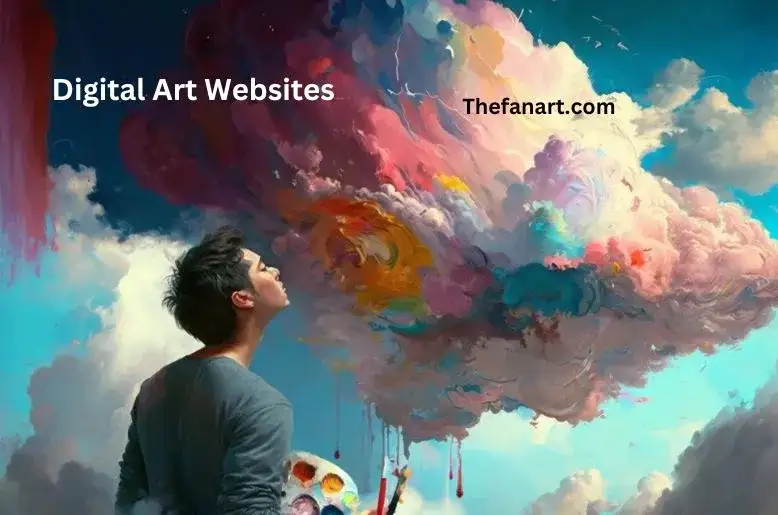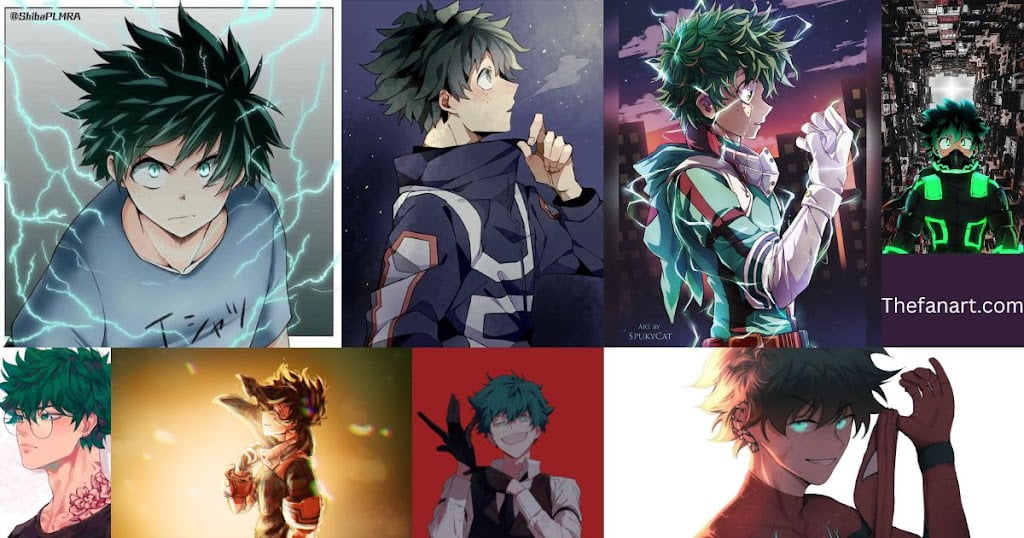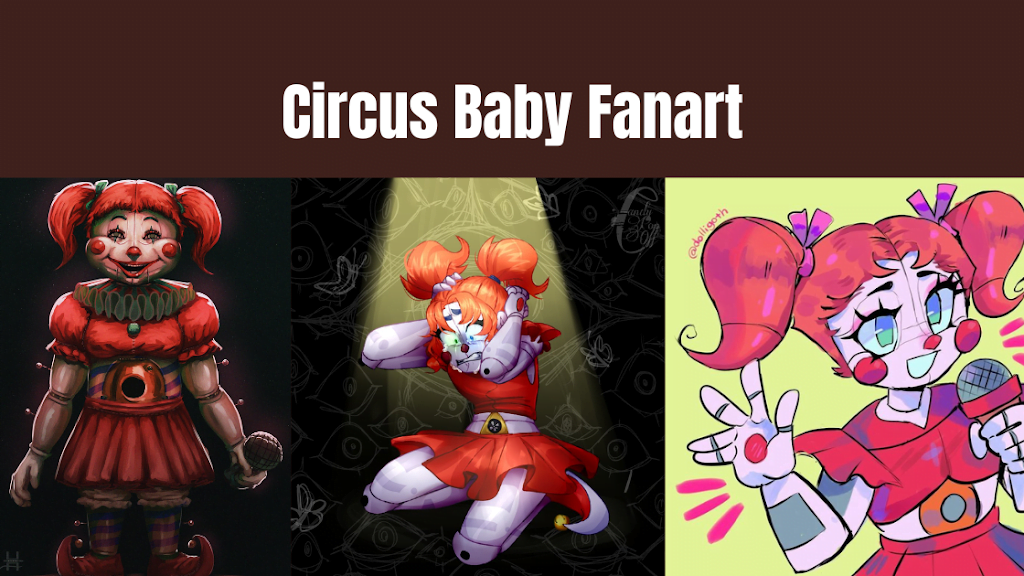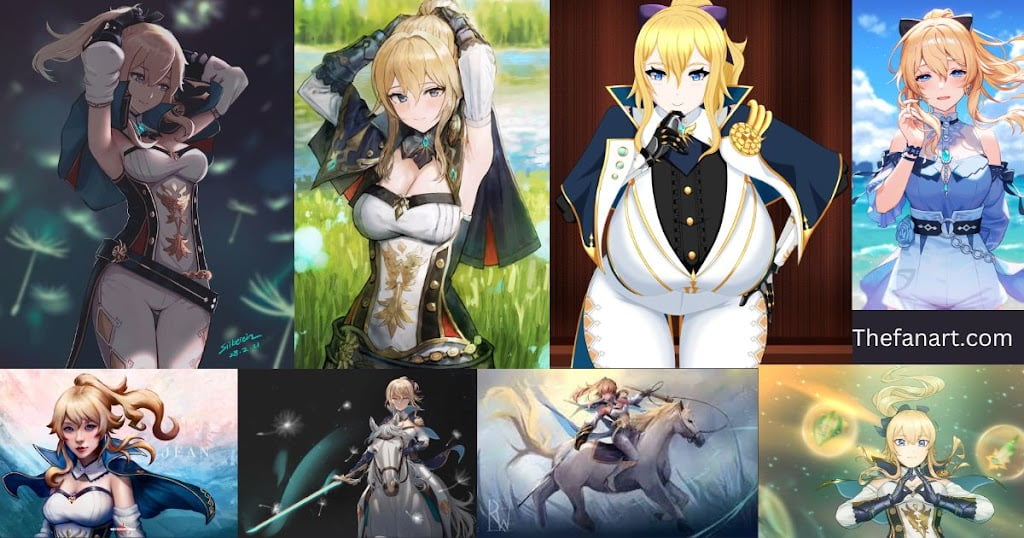The digital revolution has significantly transform the art world. It is offering a plethora of digital art websites that serve as hubs for creativity and innovation. These platforms provide artists with unique opportunities to showcase their work. These websites connect with other creators, and reach a global audience. In this comprehensive guide, we will delve into the various types of online art platforms, their benefits, and how they are shaping the future of art.
Digital art websites are online platforms where artists can display their digital artworks. These platforms come in various forms, including digital art galleries, art portfolio websites, and online art communities. They offer a virtual space where artists can exhibit their creations, engage with art enthusiasts, and even sell their works.
Types of Digital Art Websites
Online art platforms like DeviantArt and ArtStation provide a space for artists to upload their works, receive feedback, and engage with a community of fellow artists. These platforms often include features such as forums, contests, and tutorials, making them ideal for artists looking to improve their skills and gain recognition.
Digital art galleries like Saatchi Art and Artsy offer virtual exhibitions where artists can showcase their work to potential buyers. These galleries often feature curated collections, making it easier for art collectors to discover new talent.
Art portfolio websites such as Behance and Carbonmade allow artists to create personalized portfolios that highlight their best work. These sites are particularly useful for professional artists seeking to attract clients and job opportunities.
Online art communities like Reddit’s r/Art and Instagram’s art community hashtags provide a space for artists to share their work, gain inspiration, and connect with others. These communities foster collaboration and support among artists from all over the world.
Benefits of Digital Art Websites
Digital art websites offer numerous benefits for artists, including:
- Global Exposure: By showcasing their work on digital art platforms, artists can reach a global audience without the need for physical exhibitions.
- Networking Opportunities: Online art communities and art networking sites allow artists to connect with other creatives, collaborate on projects, and build professional relationships.
- Sales and Commissions: Many digital art galleries and online art stores offer features that enable artists to sell their work directly to buyers, providing an additional income stream.
- Portfolio Development: Art portfolio websites help artists create professional portfolios that can be shared with potential clients and employers.
Top Digital Art Websites to Explore
- DeviantArt is one of the largest online art platforms, offering a vibrant community where artists can share their work, receive feedback, and participate in contests. With millions of users, DeviantArt provides ample opportunities for exposure and networking.
- ArtStation is a popular platform among digital artists, particularly those in the gaming and entertainment industries. It offers a professional space for artists to showcase their portfolios, find job opportunities, and connect with industry professionals.
- Saatchi Art is an online art gallery that connects artists with collectors. It offers a wide range of artworks, from paintings to digital illustrations, and provides tools for artists to market and sell their creations.
- Behance, part of the Adobe family, is a leading art portfolio website. It allows artists to create stunning portfolios, share their work with a global audience, and discover new opportunities for collaboration and employment.
- Instagram’s art community is thriving, with artists using the platform to share their work, gain followers, and connect with other creatives. The use of hashtags like #digitalart and #artcommunity helps artists increase their visibility and reach a broader audience.
Creating a Successful Digital Art Portfolio
A well-crafted digital art portfolio is essential for any artist looking to make an impact online. Here are some tips for creating an effective portfolio on digital art websites:
- Curate Your Best Work: Select your strongest pieces that showcase your skills and style. Quality over quantity is key.
- High-Quality Images: Ensure that your artworks are displayed in high resolution. Poor-quality images can detract from the impact of your work.
- Detailed Descriptions: Provide context for your artworks by including detailed descriptions. Explain your creative process, the inspiration behind each piece, and any relevant details.
- Regular Updates: Keep your portfolio fresh by regularly updating it with new work. This shows that you are active and continuously creating.
- Engage with the Community: Participate in online art communities by commenting on other artists’ work, joining groups, and taking part in challenges. This can help you gain visibility and build connections.

Monetizing Your Digital Art
Many digital art websites offer features that allow artists to monetize their work. Here are some ways to make money from your digital art:
- Selling Originals and Prints: Platforms like Saatchi Art and Society6 enable artists to sell original artworks and prints. This can be a great way to reach a broader audience and generate income.
- Commissions: Many artists offer commission services through their art portfolio websites. By showcasing past commission work and providing clear pricing, artists can attract clients looking for custom pieces.
- Merchandising: Websites like Redbubble and TeePublic. It allow artists to put their designs on various products, such as t-shirts, mugs, and phone cases. This can be a fun and profitable way to expand your reach.
- Online Classes and Tutorials: Experienced artists can create and sell online classes and tutorials. Platforms like Skillshare and Udemy are excellent for sharing your knowledge and skills with a wider audience.
Future Trends
As technology continues to evolve, digital art websites are likely to see several exciting trends:
- Virtual Reality (VR) Art: VR technology is opening up new possibilities for digital artists. VR art platforms allow artists to create immersive experiences that can be explored in virtual environments.
- Blockchain and NFTs: Blockchain technology and Non-Fungible Tokens (NFTs) are revolutionizing the way digital art is bought and sold. NFTs provide a way to authenticate and trade digital artworks, offering new revenue streams for artists.
- AI and Generative Art: Artificial Intelligence (AI) is making waves in the art world, with generative art becoming increasingly popular. AI-powered tools can assist artists in creating unique pieces and exploring new styles.
- Social Media Integration: As social media continues to play a crucial role in the art world, digital art websites are integrating social features to help artists share their work more easily and gain followers.



